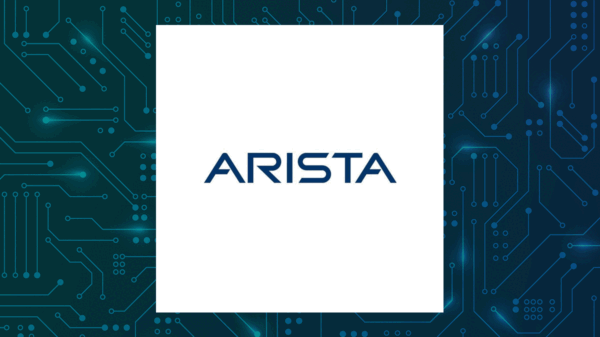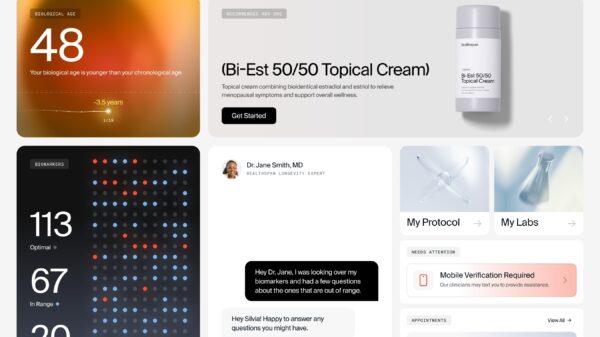The recent launch of the Google Pixel 10 Pro marks a significant step in the evolution of Google’s smartphone line. Priced at $999, this compact flagship faces off against the Google Pixel 8 Pro, which retails for $645. This comparison delves into the specifications and features of both models, highlighting key differences and advancements.
Specifications Overview
When examining the specifications, both models present impressive capabilities. The Google Pixel 10 Pro measures 152.8 x 72 x 8.6 mm and weighs 207 grams, while the Google Pixel 8 Pro is larger at 162.6 x 76.5 x 8.8 mm and weighs 213 grams.
The Pixel 10 Pro features a 6.3-inch Super Actual LTPO OLED display with a resolution of 2856 x 1280 pixels and an adaptive refresh rate ranging from 1-120Hz. In contrast, the Pixel 8 Pro boasts a larger 6.7-inch LTPO OLED display with a resolution of 2992 x 1344 pixels and a similar adaptive refresh rate.
Both devices are powered by Google’s proprietary chipsets, with the Pixel 10 Pro incorporating the new Tensor G5, a 3nm processor, while the Pixel 8 Pro utilizes the Tensor G3, a 4nm processor. The Pixel 10 Pro supports up to 16GB of RAM and UFS 4.0 storage options, while the Pixel 8 Pro offers 12GB of RAM with UFS 3.1 storage.
Design and Display Features
In terms of design, the Pixel 10 Pro maintains a compact and sleek profile, featuring rounded corners and a flat backplate. The Pixel 8 Pro, however, has a more substantial presence with a slightly rounded frame and a more pronounced taper on its camera visor. Both devices are made from a combination of aluminum and glass, and they hold an IP68 rating for water and dust resistance.
The displays on both devices provide vibrant colors and excellent viewing angles. The Pixel 10 Pro achieves a peak brightness of 3,300 nits, surpassing the 2,400 nits peak of the Pixel 8 Pro, making it more suitable for outdoor visibility.
Performance-wise, the Tensor G5 in the Pixel 10 Pro shows marked improvements in speed and efficiency compared to the Tensor G3 in the Pixel 8 Pro. Both phones deliver commendable performance, but the Pixel 10 Pro exhibits less heat during intensive tasks.
The gaming experience also favors the Pixel 10 Pro, as it handles demanding games with reduced heating issues, enhancing overall gameplay.
Battery life presents another area of distinction. The Pixel 10 Pro is equipped with a 4,870mAh battery, while the Pixel 8 Pro features a slightly larger 5,050mAh battery. Despite the smaller battery size, the Pixel 10 Pro offers longer usage times owing to its enhanced efficiency.
Charging capabilities are comparable, with both models supporting 30W wired charging. The Pixel 10 Pro also supports 15W Qi2 wireless charging while the Pixel 8 Pro offers 23W wireless charging through a Pixel Stand.
Both devices include a robust camera setup. The Pixel 10 Pro features a 50MP main camera, a 48MP ultrawide, and a 48MP periscope telephoto camera, while the Pixel 8 Pro includes a similar configuration. Despite the same megapixel count, the Pixel 10 Pro delivers improved image quality, particularly in low-light conditions.
Audio performance remains strong across both models, with stereo speakers that provide good clarity and loudness. Neither phone includes a headphone jack, but both support wired connections via their Type-C ports as well as Bluetooth connectivity, with the Pixel 10 Pro offering the latest Bluetooth 6.0 support.
In summary, the Google Pixel 10 Pro emerges as a more advanced option compared to the Pixel 8 Pro, boasting enhancements in performance, display brightness, and overall efficiency. As Google continues to innovate in the smartphone market, these flagship models illustrate the brand’s commitment to delivering cutting-edge technology.





































































